Biological composites are reviewed, such as bone, teeth, and nacre, along with a description of their structure, chemistry and mechanics, and a detailed analysis of the fundamental design motifs of natural materials.


Biological composites are reviewed, such as bone, teeth, and nacre, along with a description of their structure, chemistry and mechanics, and a detailed analysis of the fundamental design motifs of natural materials.
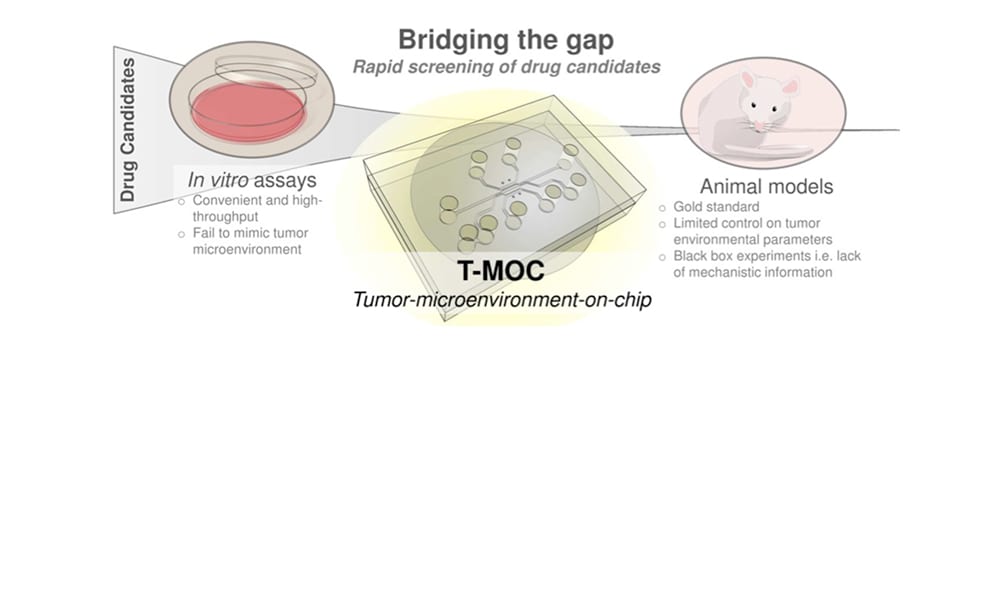
Microfluidics offer significant advantages over traditional macroscale cell cultures by enabling recapitulation of the tumor microenvironment through precise control of physiological cues such as hydrostatic pressure, shear stress, oxygen, and nutrient gradients.

The recently published Part II Special Issue on High Throughput and High Content Imaging and Cellular Informatics.
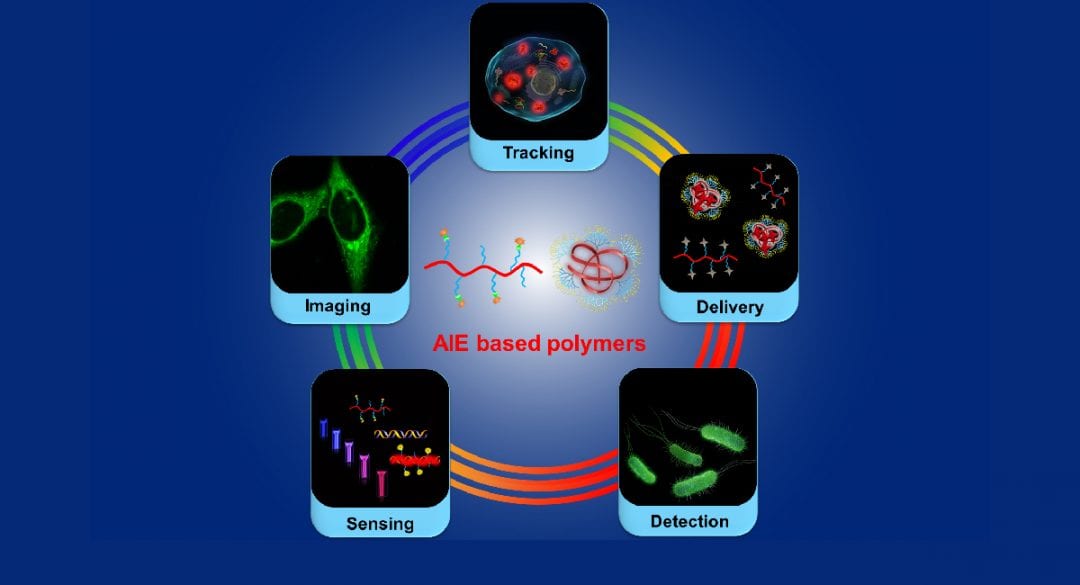
Bin Liu and co-workers highlight recently developed AIE polymer systems from synthesis to properties and biological applications.
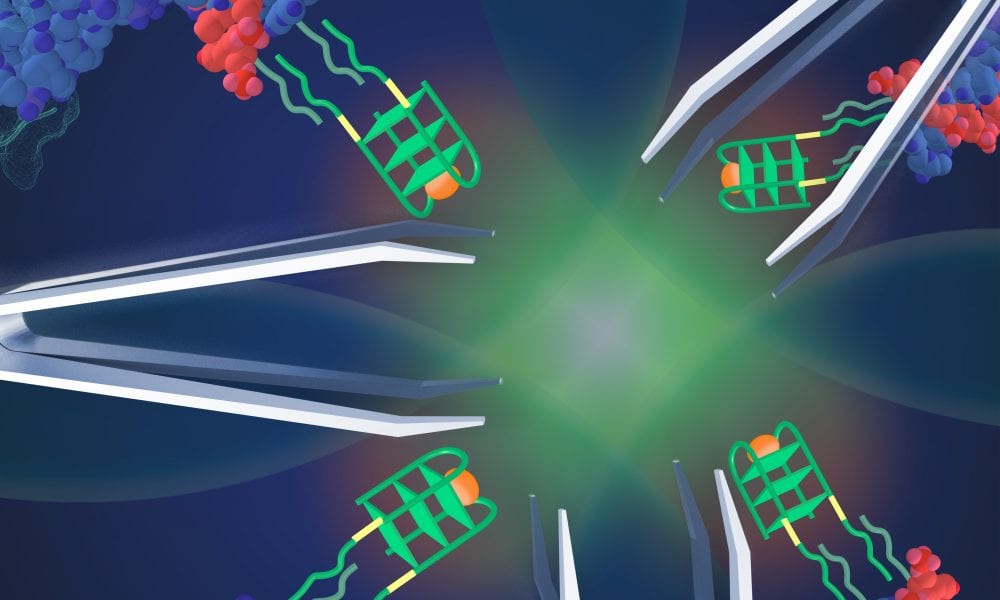
The first issue of Advanced Biosystems highlights retinal implants, DNA nanotweezers, and living diodes.
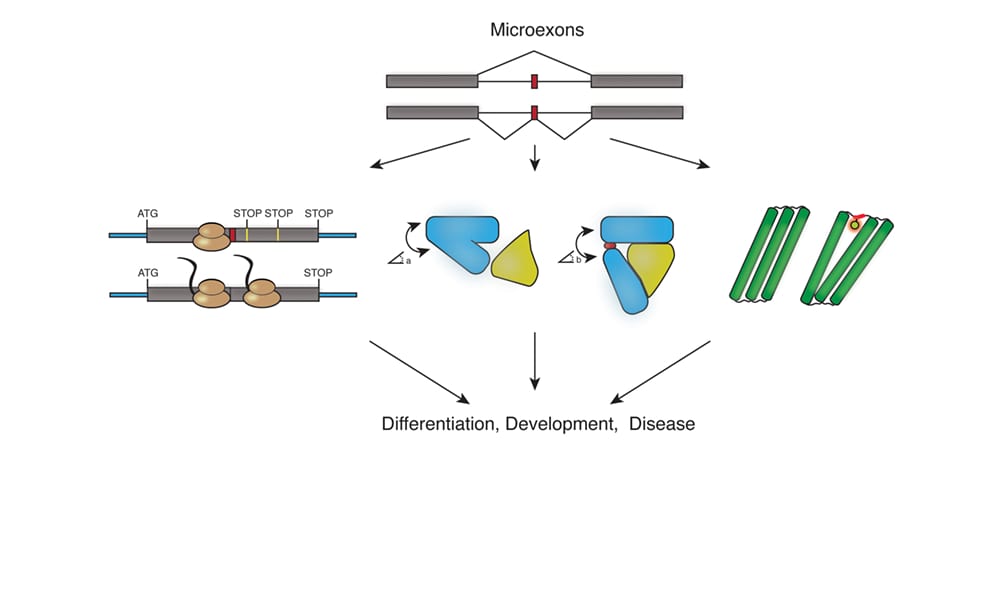
Microexon regulation has the ability to modulate protein properties, including mechanistic links to diseases like autism.
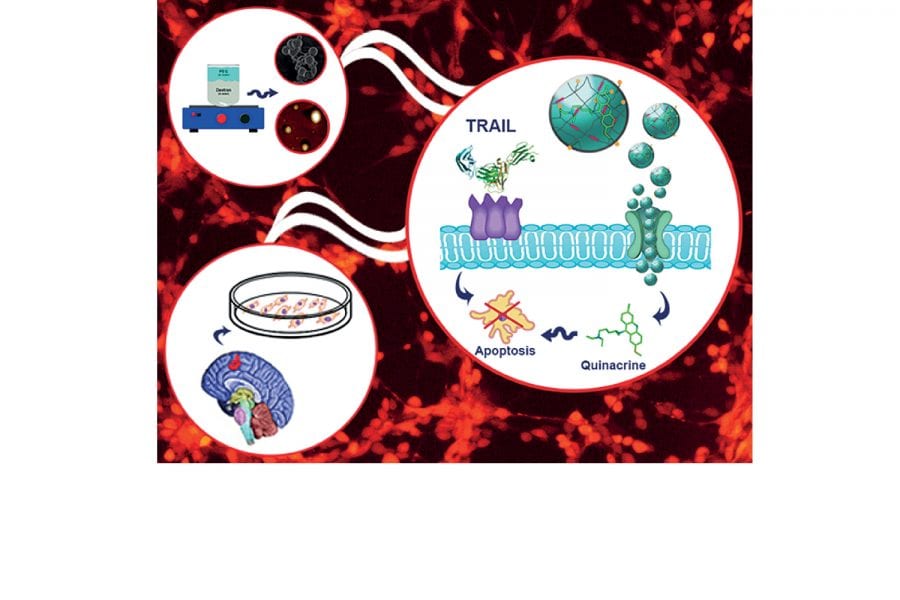
Matrix-metalloprotease (MMP)-sensitive hydrogel particles intend to utilize the unique properties of tumor cells, such as high concentration of MMP enzymes, along with the synergistic activities of an apoptosis-inducing protein (TRAIL) and the TRAIL sensitizer drug Quinacrine.

The iron biochemistry from the point of view of inorganic and physical chemistry is discussed in a new review.